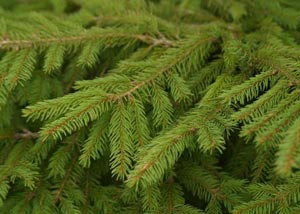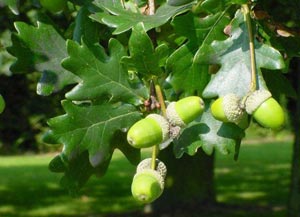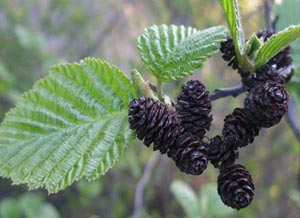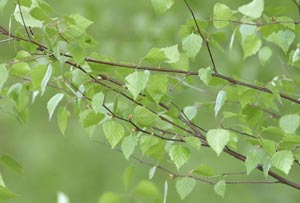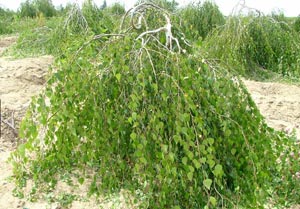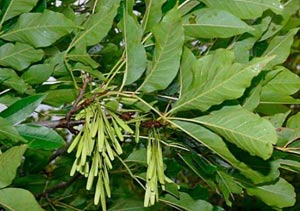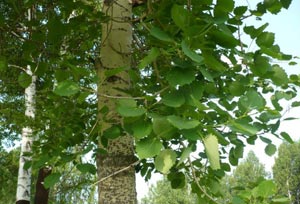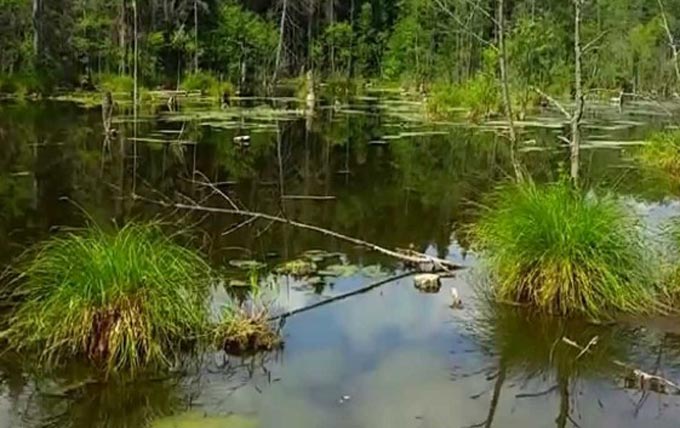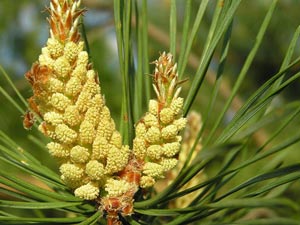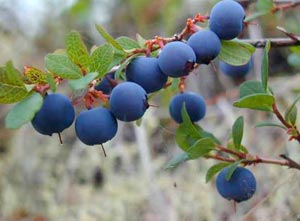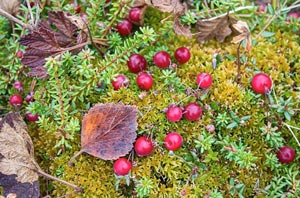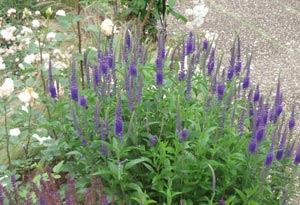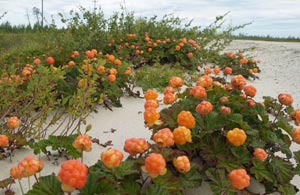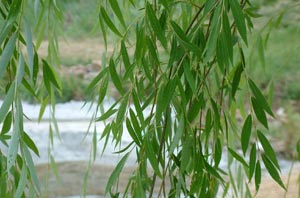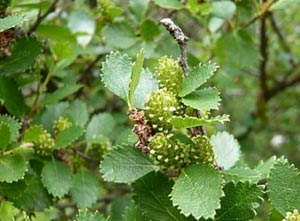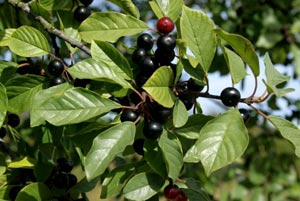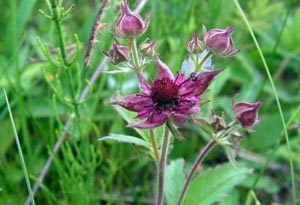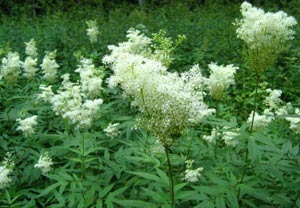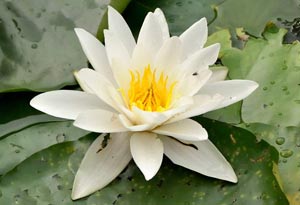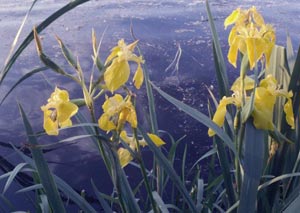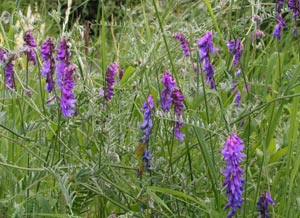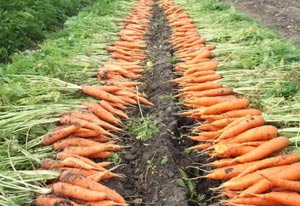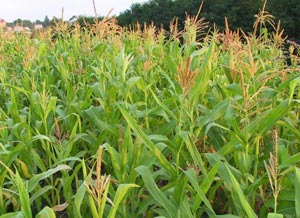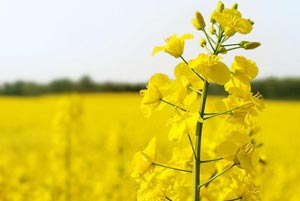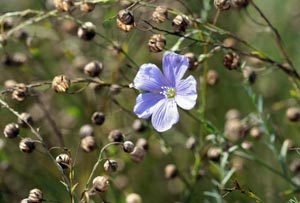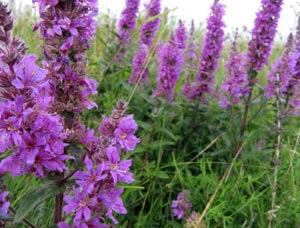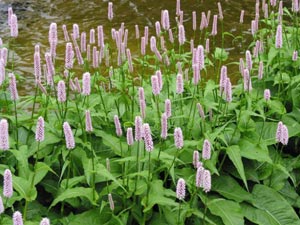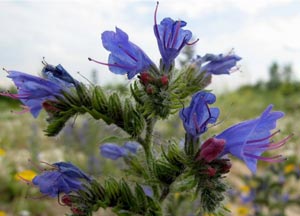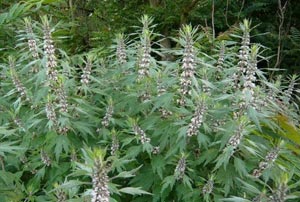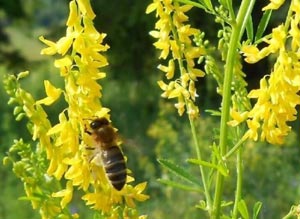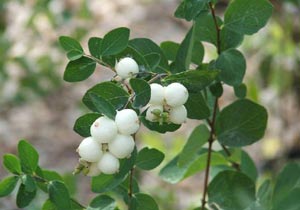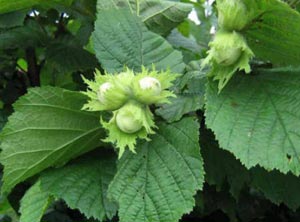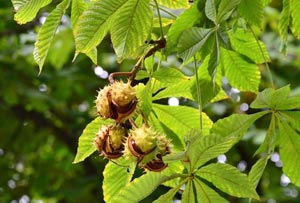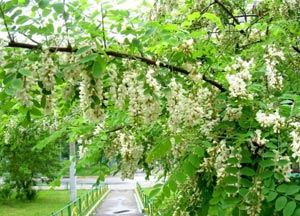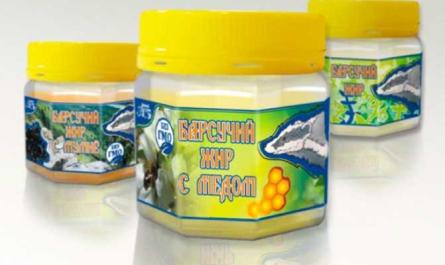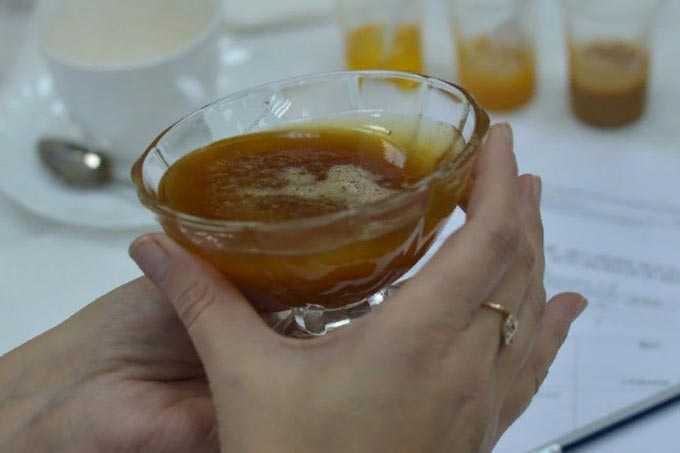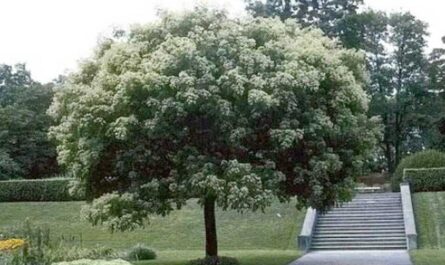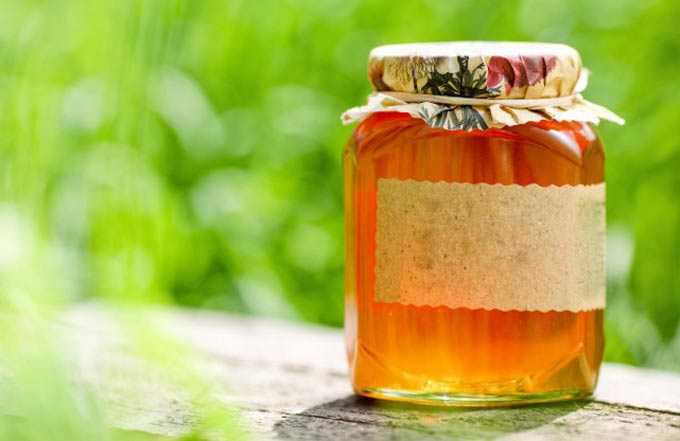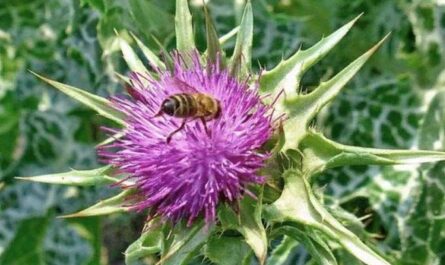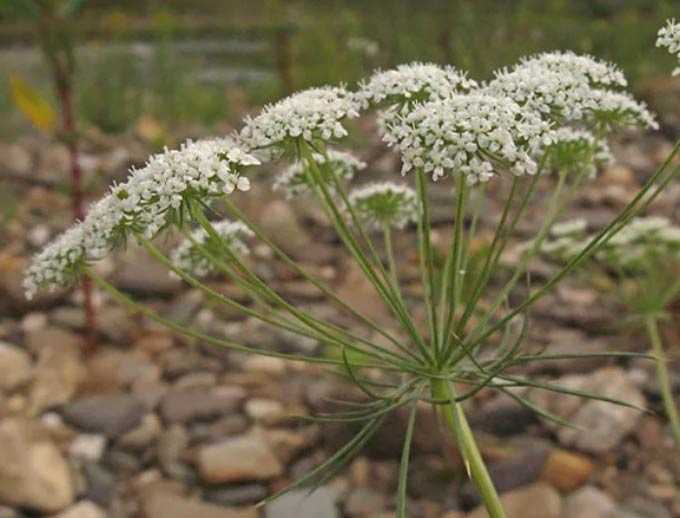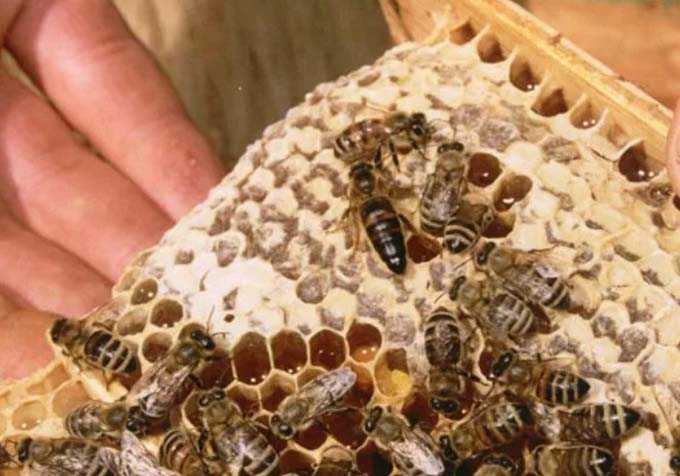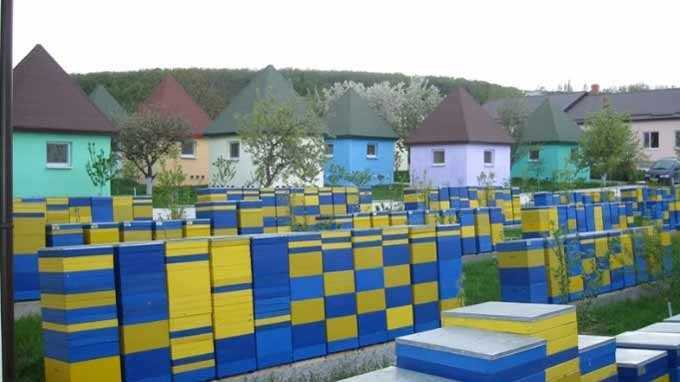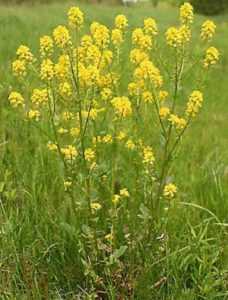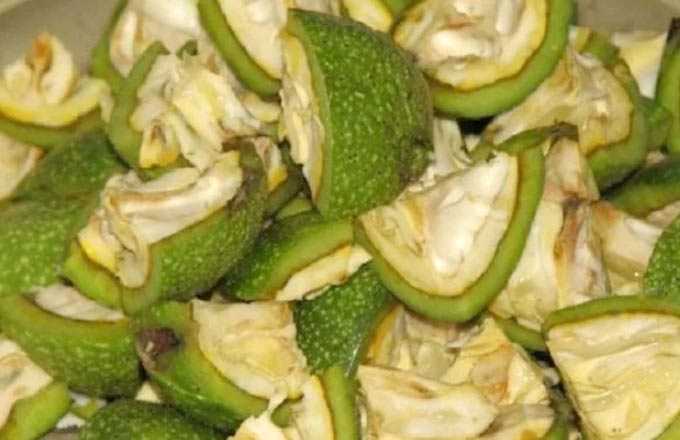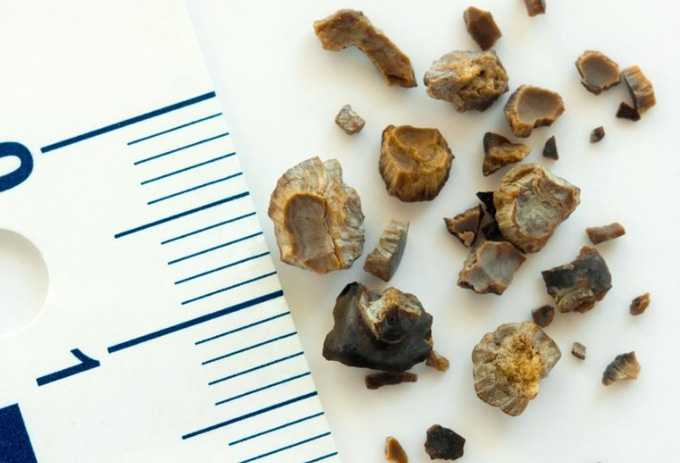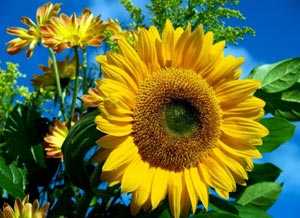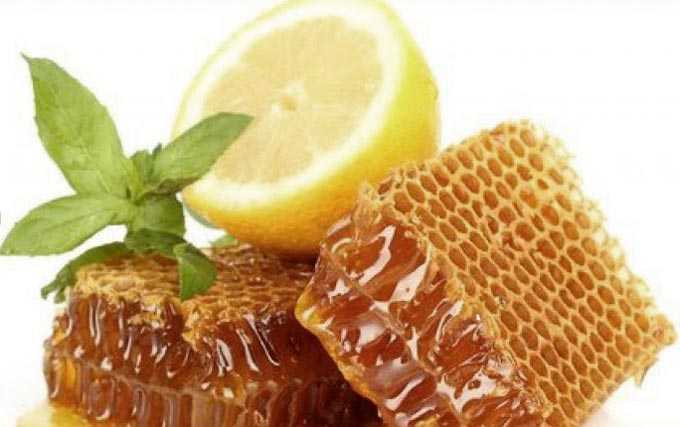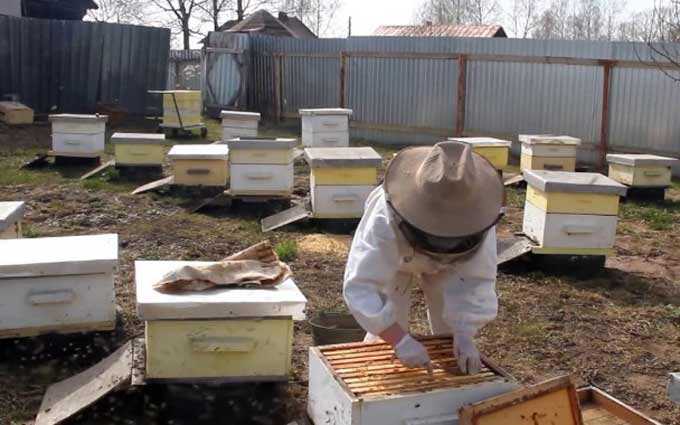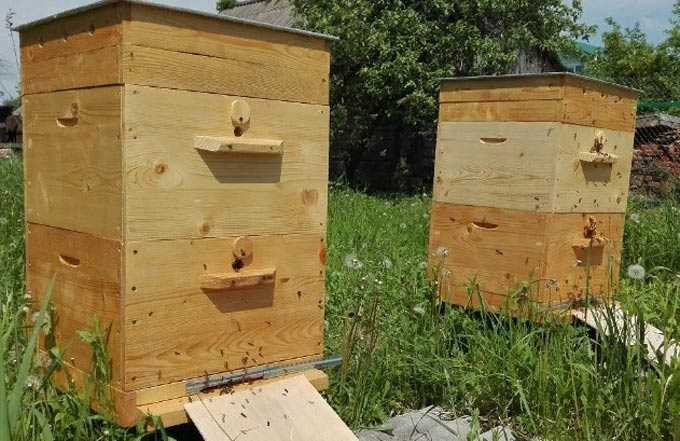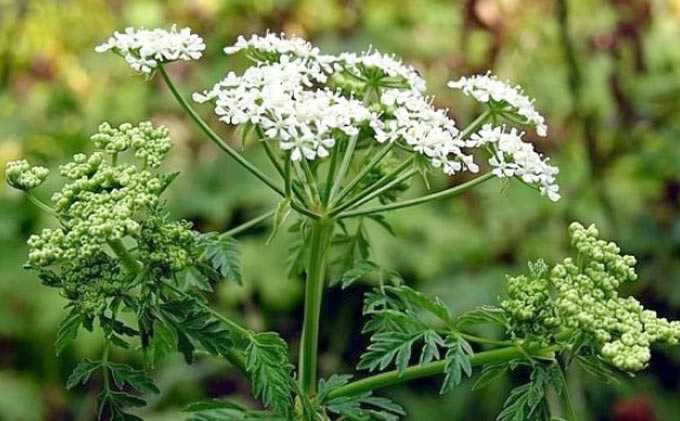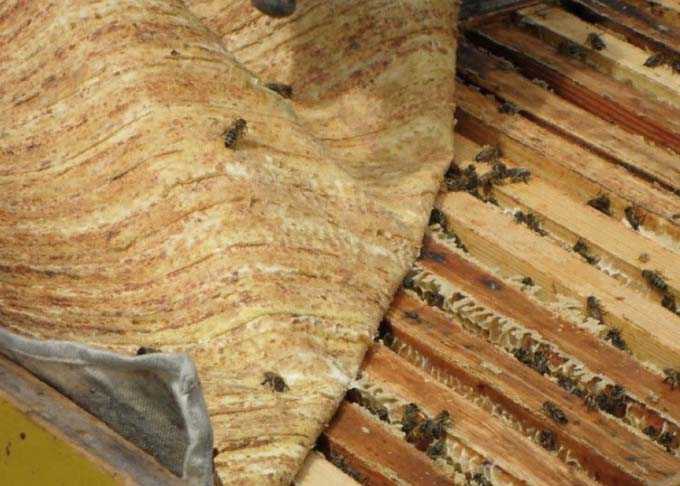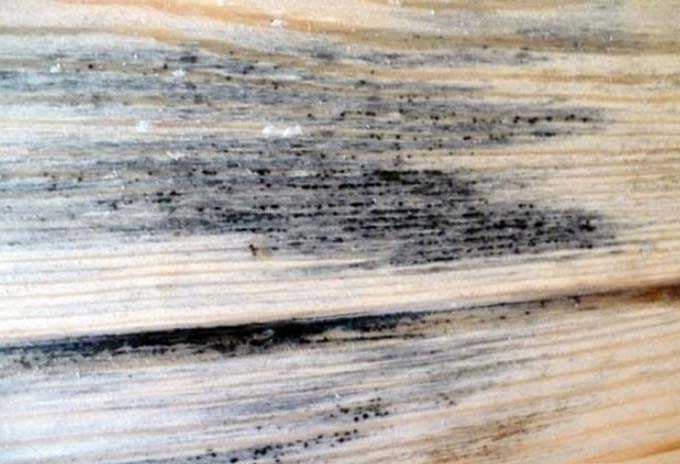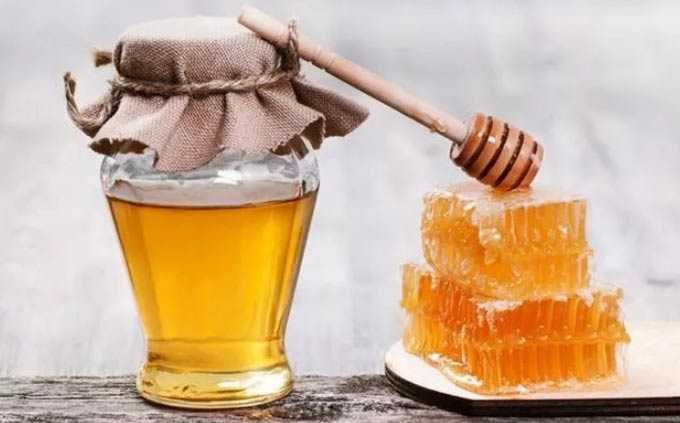Honey plants of Belarus are represented not only by wild plants, agricultural crops, but also by plants specially planted / sown near apiaries.
The content of the article
- 1 Honey base
- 2 Climatic features
- 3 Vegetation
- 4 Plants of the forest zone
- 4.1 North
- 4.2 Center
- 4.3 South
- 5 Swamp plants
- 5.1 Upland swamps
- 5.2 Lowland swamps
- 5.3 Transitional swamps
- 6 Water vegetation
- 7 Meadow vegetation
- 8 Farmland
- 9 Organization of storage areas
Honey base
The main problem of Belarusian beekeepers is limited food resources for bees. Many agricultural lands are reserved for crops that are not melliferous. That is why the problem with honey collection is often solved at the expense of the near-zone areas.
But here it should be borne in mind that even highly productive plants for the production of pollen and nectar may be poorly visited by flight bees in certain years or periods of flowering.
The greater the plant diversity in the near-site area, and the more competently the plants are selected, the higher the chances of getting a good bribe.
Climatic features
The country’s territory is conditionally divided into three geographical areas:
- northern Poozerie, occupied mainly by the Polotsk lowland;
- the central part with the heights of the Belarusian ridge (up to 345 meters above sea level);
- and southern Polesie, which is a vast flat expanse.
Climatic conditions are moderate continental. The winter period is characterized by mild and humid weather. Thaws are frequent in the region. Nighttime temperatures do not drop below -15 degrees. The south and southwest are noticeably warmer than the north. Precipitation is frequent. In the north, the thickness of the snow cover can reach 1-1,2 meters.
Summers are also humid due to the movement of Atlantic air masses. The rainiest month is July, when there are frequent showers. Average temperatures are from +11 at night to +23, +25 degrees at noon.
Vegetation
Forests occupy about 39%, meadows and pastures – about 20%. A third of the territory in the southeast and in the center is devoted to arable land.
Aspen, oak, spruce, pine, birch grow in the forests. The swampy lowlands are covered with pine forests. There are no large tracts, but there are no treeless areas either.
The southern regions of Polesie represent the largest swampy and marshy areas in Europe.
The dominant position in the diversity of flora is about 250 species. The main types of vegetation:
- forest;
- meadow;
- swamp (water).
Honey plants of Belarus with photos are presented in the review below.
Plants of the forest zone
All Belarusian forests are divided according to the dominant tree species. There are arrays:
- with a predominance of conifers;
- with a predominance of broadleaf species;
- with the spread of small-leaved varieties.
North
In the northern regions, where the climate is colder, there are:
Pure spruce tracts formed by ordinary spruce – an aboriginal species from the pine family, common in the middle lane. The tree is used, among other things, for the decorative decoration of gardens and parks. It has a tapered crown, gray bark and characteristic drooping branches. One plant blooms male flowers that look like axillary spikelets, and female flowers in the form of drooping (turned down) cones at the ends of branches. The tree belongs to the pollen. The release of pollen occurs in May from the age of 20, when the first cones begin to ripen on the trees.
Common oaks – Inhabitants of mixed spruce and broad-leaved massifs belonging to the beech family. Other names for the tree: “petiolate” (that is, with long stalks, different from other types of oak), “English”, “summer oak”. The tree has a massive trunk, a highly branched tent-shaped crown, and dark gray thick bark. Blooms in May immediately after foliage bloom. Male flowers resemble thin earrings, female flowers are rare spikelets. Provides mainly pollen for apiaries.
Grows well in spruce-deciduous forests hazel (hazel) undergrowth – a perennial bush from the birch family. The plant blooms before the leaves open for 7-10 days. It is considered to be an excellent spring pollen, providing apiaries with pollen in April. The supply of pollen is up to 12% of the total collected per day. The shrub can be planted near hive points. It will begin to bear fruit from 3-5 years of age (when multiplying by young shoots).
Another representative of the northern zone – gray alder from the birch family. Pure gray alder forests are typical for the north of the country. They are absent in other natural areas. The plant is a fast-growing species. It can be a tree up to 20 meters in height, or a shrub with a narrow ovoid crown and brown shoots covered with gray down. Pollen is collected by bees from long male earrings, grouped in bundles of 3-5 pieces. The tree blooms in March-April, before the first leaves appear. Fruiting profusely every year, starting at 5-8 years of age.
Center
In the center, the nature of the forests changes:
In the northern part of the central natural zone, broad-leaved forests grow with a predominance of hornbeam. Common hornbeam (other names “Caucasian”, “European”) refers to the birch family. It has a ribbed trunk covered with cracked gray bark and a dense cylindrical crown. It throws out loose yellow-brown catkins (male flowers) in April-May, providing bee colonies with a pollen bribe. Female inflorescences are longer – up to 15 centimeters. They give a small amount of nectar, which is not important for apiaries.
In the southern forests of the central natural zone grow mainly common spruce – typical representatives of coniferous forests of the European type.
South
For the south (Polesie) broad-leaved forests are typical.
Common hornbeam form numerous oak forests. There are mixed areas interspersed with pine trees.
Common spruce grow in small islands. These are mixed forests with an admixture of oaks, hornbeams, black alder, birches, ash trees.
Black alder (other names are “sticky”, “European”) – a representative of the birch family. Differs in a pyramidal crown, branches almost perpendicular to the trunk. Multilateral representatives of the species are often found. Red-brown twigs are sticky at a young age, later covered with a resinous bloom. Young foliage is also very sticky. The plant blooms in April-May, before the foliage appears. There are male and female inflorescences on the same tree. Pollen is collected by bees from male yellow-brown catkins. Its abundant discharge is observed every 3-4 years. Active fruiting begins at the age of 12.
Birch in the region it is represented by two types:
- drooping (other names: “weeping”, “warty”) – not growing in areas with a high groundwater table;
- fluffy (another name “pubescent”) – well tolerates swampy soils, shading and frost (the most cold-resistant species).
Fluffy birches have branches covered with fine hairs. Their bark hardly cracks. There are no wart-shaped glands on the branches. Hanging birches are distinguished by the presence of resinous glands on the branches. Their young branches droop downward, giving the crown a characteristic shape. Both species bloom in spring before the first leaves appear. Earrings hang at the ends of branches – from here the flying bees get pollen.
Hanging (drooping) or warty birches fill most of the clearings and unsuitable for agriculture.
Ash – a representative of the oilseed family, has a highly raised crown and relatively sparse branches, ash-gray bark. Its flowers are purple or dark brown, odorless. Female inflorescences are distinguished by their length – they are larger than male panicles. The plant is mainly wind-pollinated. It does not really matter for apiaries.
Osinniki are concentrated mainly in the northeast of Polesie.
Common aspen (also called “quivering poplar”) belongs to the willow family. It is distinguished by a columnar trunk, greenish-gray bark, heart-shaped leaves with flattened petioles (foliage trembles and fluctuates with any breath of wind). It blooms in the spring before the first leaves appear, throwing out greenish female and reddish male earrings. It is a source of pollen for apiaries.
Aspen forests are valuable for bees due to their well-developed undergrowth… They grow in the north-east of the Belarusian Polesye. In addition to hanging (warty) birches, it is found here:
- hazel – early spring pollen;
- buckthorn is a bush that blooms in May, June and provides honey from 15 to 30 kilograms per hectare;
- turn;
- hawthorn – early summer honey plant and pollen plant, blooming in May, April for 10-12 days (bribe 80-100 kg);
- rose hips – early summer pollen and honey plant, blooming in May, June;
- viburnum is a moisture-loving shrub that blooms in May-June (bribes 15-20 kg);
- bird cherry is an early flowering shrub that produces 20 to 35 kilograms of honey per hectare.
Swamp plants
Excessively humid places covered with specific vegetation are concentrated in the south-west of Polesie and the north of the country (Minsk and Vitebsk regions).
They are divided into several types:
Horse riding (feeding on atmospheric precipitation) are located in the north, occupying watersheds in the lowlands. They have a convex surface.
Lowland (powered by groundwater) are concentrated mainly on the territory of three regions: Minsk, Grodno and Brest (Neman and Pripyat basin). They are distinguished by a concave or flat surface, an abundance of vegetation.
Intermediate, occupying a position in the classification between lowland and highland, are located in the central natural zone of the country (3% of the rest of the wetlands).
Upland swamps
This zone is dominated by two subspecies of bogs:
- forest;
- treeless (located in flooded depressions).
The treeless swamps are inhabited mainly by mosses of the sphagnum genus, as well as by herbs: cottongrass vaginalis, Scheuchzeria.
Forest bogs are distinguished by a wide variety of vegetation. But it is still impossible to call them rich in honey plants.
Trees are mainly represented ordinary pines – representatives of the family of the same name, distinguished by a high, even table, a highly raised conical crown and a gray-brown bark. Cones form in mature plants. Flowering lasts from late February to April. The tree is a very mediocre pollen. Also, a sticky substance is collected from it by bees for the production of propolis.
There are more varieties of shrubs here. Grows in swamps:
Ledum – an evergreen shrub from the heather family, up to 1,2 meters high with white or pink flowers grouped in corymbose inflorescences. Blooms from the last decade of May for 2-3 weeks. In hot, humid weather, during flowering, the bushes give off an intoxicating smell. The bees willingly visit the plant, but the collected honey is poisonous! Before eating it, it must be boiled or warmed up well. This variety is used in the confectionery industry.
Heather – evergreen highly branching bush up to a meter high. Its branches are dotted with small lanceolate leaves. Blooms from late July, releasing nectar until late autumn. The flowers are very small, pink-purple, grouped in one-sided brushes. With continuous growth, honey bribes are about 200 kilograms (from 15 to 60 kg are brought for each family).
Read: Heather as a honey plant
Whitened (white-leaved) – a low shrub with lanceolate leathery leaves. Its white-pink flowers are collected in umbrella-shaped brushes. Blooms in April, releasing nectar until early summer. Bribes from this plant up to 180 kilograms. Important! The resulting honey is poisonous to bees (contains andromedotoxin). It is also believed to be unfit for human consumption.
Blueberry – a low, highly branching bush, blooming with small drooping flowers of a white or slightly pink hue. Blooms in May-June, attracting flying bees well. The sugar content of the nectar is 25,6 mg per 100 flowers. Low honey productivity.
Cranberries – a short bush with thin branches creeping along the ground. Differs in bare flowering shoots, reddish-pink flowers. The honey plant blooms in May, June, providing bribes of 15-23 kilograms from each hectare of thickets.
Veronica it is represented here by a long-leaved species (other names are “breast grass” “gourd”), flowering from July to September. It differs in loose brushes on the tops of the shoots, collected from small blue flowers. And also a significant height of an erect stem (1,4-1,5 meters). The inflorescences emit a small amount of nectar, but thanks to the vast areas of thickets and long flowering, this plant must be taken into account when assessing the honey base. Average honey productivity is from 20 to 40 kilograms per hectare.
Of herbs deserves attention cloudberry – a low-growing perennial herb with white flowers and wrinkled 5-lobed leaves. Blooms in May-June, being a good pollen for apiaries.
Lowland swamps
This type of swamp occupies 81% of all wetlands in the country. A wide variety of vegetation is found here, including plant associations.
Trees are represented by common spruce, pine, birch and alder. The depressions are occupied by fluffy birches.
Shrub forms are often found:
Varieties of willows – early spring honey plants blooming from the end of April. In favorable weather, nectar secretion lasts until May. The resulting honey has a fine-grained structure. Bribes per hectare of solid thickets – up to 150 kilograms.
Read: Willow as a honey plant
Low birch (also known as “squat”) is a deciduous shrub from the birch family with straight branches covered with dark brown bark with resinous warts. Blooms in April, May. Pollinated mainly by the wind, but some part of the pollen is carried by bees to the hives.
Buckthorn found only in low areas where fluffy birches and willows grow. The average bribe from such sites is 30-40 kilograms during the buckthorn bloom.
Of the herbs, beekeepers are interested in:
Cypriot swamp Is a perennial representative of the onagrikov family. It differs from ivan-tea (narrow-leaved type) in a shortened brush with light pink or white flowers. Blooms in June, July. Honey productivity is about 100-200 kilograms, but it strongly depends on the year (it can drop up to 20 kg in rainy weather). It is well visited by flight bees.
Read: Ivan tea and other melliferous types of fireweed
Swamp saber – a low herbaceous shrub with branches recumbent at the base. Differs in dark purple 5-petal flowers, double color of leaves: green top, bottom – gray-felt. It blooms from May to August, providing bribes of 30-65 kilograms.
Three-leaf watch – perennial with 3-separate vaginal leaves, bare stems and white-pink flowers, grouped in large brushes. The flowers are covered with fine hairs. The herb blooms in May, releasing nectar in mid-June. Each flower gives 4-8 mg of nectar per day.
Labaznik (another name is “meadowsweet”) – a tall perennial herb with two-colored foliage (always lighter below), pubescent on the lower surface. Small flowers of regular shape – 5-petal, white, collected in large inflorescences. Bloom in June and July. The plant belongs to good pollen. The bribe of nectar from them is insignificant.
Transitional swamps
This type of wetland is divided into two types:
- treeless areas;
- and forested areas.
Treeless swamps are of no interest to apiaries. Mostly mosses and sedge species grow here.
Forest areas are occupied by pine forests or mixed forests of pines and downy birches. Among the bushes there are willows, undersized (low) birches.
Semi-shrubs are represented by blueberries, cranberries, and poisonous wild rosemary. Blueberries and cranberries provide 15 to 20 kg of honey per hectare of thickets. Ledum honey, as noted above, must be boiled before eating.
The marsh saber and the three-leafed watch grow from the grasses, the bribes from which are in the range of 30-65 kilograms per hectare.
Water vegetation
There are more than 10 thousand lakes in the country, the largest of which are Osveyskoye and Naroch, many ponds, rivers and canals. Aquatic vegetation is very diverse.
It grows here:
Snow-white (white) water lily – a beautiful floating grass with large leaves and white fragrant flowers of a semi-open shape. Long bloom – from May to mid-August. The plant provides a good pollen flow.
Arrowhead arrowhead, featuring three leaf shapes at once: floating, underwater and airy. Its flowers are large with a bright red core, purple stamens. It blooms for the whole summer, releasing 0,5 mg of nectar from each flower every day.
Swamp saber – an inhabitant of the coastal zone with a honey productivity from 30 to 65 kilograms.
Irises (another name for “yellow irises”) – perennials with an erect stem, broad-linear leaves and large golden-yellow flowers. The grass blooms in May, June. The productivity of nectar per flower per day is 15-20 mg (12-16 kilograms of honey per hectare).
Water lily (egg capsule) yellow – floating perennial with heart-shaped large leaves, relatively small yellow flowers. Blooms from early summer, producing nectar with pollen until mid-September. An excellent honey plant, providing bribes of up to 300 kilograms per hectare.
Meadow vegetation
The Belarusian herbage in meadows and pastures is formed mainly due to cereals and legumes herbaceous plants. Honey harvesting is possible only from areas where the grass is not mowed before flowering, and where it is not eaten by grazed livestock.
The value for apiaries is:
Clover white and red – herbaceous perennials that feel good in the non-chernozem zone. Honey productivity, depending on the species, is 10-100 kg per hectare. They are summer honey plants.
Read more: Clover as a honey plant
Meadow rank – a member of the legume family with a long clinging stem and yellow flowers grouped in axillary racemes. It gives apiaries both pollen (170 mg per plant) and nectar – up to 59 kilograms per hectare.
Mouse peas – a leguminous plant, a perennial with a clinging stem up to 1,2 meters long and blue-violet clusters of inflorescences. Blooms in summer from June to August, releasing nectar for 80 days. Pollen is considered poisonous to bees! Honey productivity is about 100 kilograms. According to some data, the yield of nectar can be up to 370 kilograms per hectare of solid grass stand (the record was recorded in the Moscow region).
To one degree or another, about 200 meadow plants are involved in honey collection, but their share in the formation of the forage base for apiaries is insignificant in comparison with the listed species.
Farmland
The plowed and developed territories in Belarus occupy a third of the entire area. Most of the plants grown cannot be classified as good honey plants and pollen plants.
About 46% of the fields are dedicated to fodder crops:
Carrots – a biennial from the umbrella family, blooms in summer for two weeks with small white flowers, collected in small umbrellas. Plays an insignificant role in the formation of a supporting bribe.
Beetroot – a cross-pollinated biennial, emitting mainly pollen of a light golden hue. The nectar is difficult for bees to reach, and the flowers themselves give off an unpleasant odor. In order for the bees to work on this culture, it is necessary to apply training – to give out in the morning syrup infused on the stems and plucked flowers (the proportion of syrup is one to one; 10 grams of tops are taken for 300 liters).
Turnip and rutabaga are also grown.
About 40% of the plowed areas are occupied by cereals and legumes… Oats, barley, wheat, corn and buckwheat are planted here.
For bees of interest:
Corngrown for grain. Blooms in June-July for two weeks. Bees collect honeydew from a plant – up to 40 kilograms per hectare, which cannot be considered a great benefit for bee colonies. Mainly corn is a supplier of pollen. It stands out abundantly, since the culture is pollinated by the wind.
Buckwheat – herbaceous annual with inflorescences in the form of small brushes of white or white-pink hue. They sow it in 2-3 terms. The productivity of honey ranges from 53 to 100 kilograms (bribe rates are higher if this cereal was sown after legumes).
Read: Buckwheat as a honey plant
About 6-7% of the fields are dedicated to industrial crops. Sugar beet is not very attractive to bees because of the specific smell of inflorescences. Valuable for apiaries +:
Rape – an oil plant from the cruciferous family. Its winter and spring varieties are sown. In winter plants, honey productivity is higher – from 30 to 90 kilograms. Honey, despite its low popularity in the domestic market, is valuable for its antioxidant properties. In Europe, it is used for the prevention of cancer, elimination of toxins from the body, including heavy metals.
Read: Rape as a honey plant
Sowing flax – an annual with a branched bare stem and blue flowers. Blooms in summer for 5-10 days. This culture is in dire need of insect pollination. The work of bees in the fields increases their yield by 50%. The bribe is insignificant – 15-20 kilograms of honey per hectare.
Organization of storage areas
As the analysis of the melliferous base of Belarus shows, a good collection of honey is largely in the hands of the beekeepers themselves.
In wetlands, you can plant:
Swampy (hairy) cypress – bribes from 20 to 100 and more kilograms.
Derbennik ivolistny (another name “plakun”) is a perennial from the family of the same name with a branched stem, willow-like (lanceolate) leaves, bright pink or purple spikelets of inflorescences. Blooms in June, early July. Bees collect a lot of dark green pollen from this grass. Honey has a tart taste, dark yellow hue, with a pleasant aroma. On the day of the bee colony, they bring 5-6 kilograms of nectar.
River gravity (popularly “ozhinnik”, “coachman”, “devil’s heads”) is a perennial from the Rosaceae family. Differs in lyre-shaped leaves and red-brown sepals of drooping single bell-shaped flowers. It blooms for 30-40 days from May to June, providing an early summer bribe (up to 1,5 kg per day).
Highlander (throat) serpentine (popularly “crayfish necks”) is a perennial from the buckwheat family. It has a straight, bare stem, crowned with pink or red spikelets during flowering. It blooms from the third year of life in May-June. Honey productivity from 40 to 60 kilograms. Bees also collect dirty purple pollen (300 grams per hectare).
Pink (hybrid) clover tolerates moist soils well. Differs in long flowering from June to September. In inflorescences, flowers bloom gradually – from bottom to top. The collected pollen is noticeable in the combs by a brownish tint. The nectar is fragrant, almost colorless. This variety of clover has the highest honey productivity – from 100 to 150 kilograms per hectare.
Sandstones and bad soils are good for growing:
Bruise – biennial from the borage family, which grows well in dry areas and wastelands. The grass blooms in the second year in mid-July. She has beautiful blue or purple curls assembled from small flowers. Up to 300 kilograms of honey can be obtained from a hectare of solid grass.
Read: Bruise as a honey plant
Motherwort – perennial, unpretentious in cultivation. Differs in erect stems, small pink flowers, collected in whorls. Produces nectar even in dry weather. Bribes per hectare – up to 240 kilograms.
Donnik – its white and yellow variety, which takes root well on the rocky ground of the biennial. Blooms en masse in early July, releasing nectar until autumn. Productivity for honey is from 200 to 500 kilograms.
Read: Melilot as a honey plant
You can also successfully sow (in parentheses the honey productivity per hectare is indicated):
- phacelia (150-200 kg);
- snakehead (up to 200 kg);
- oil radish (up to 45 kg);
- cucumber grass or “borago”, “borage” – a low edible herb with a characteristic cucumber smell, blooming from the beginning of July (200-240 kg);
- fireweed (350-500 kg);
- muzzle (300-340 kg);
- cotton wool (45-85 kg);
- lemon balm (50 kg).
Shrubs, semi-shrubs and trees will benefit:
Snowberry (another name is “Virginia honeysuckle”) – an ornamental shrub with brown-gray shoots and small pink-white flowers. Blooms in late July, releasing nectar for 40 days. The name of the shrub comes from the color of its white berries. Bribes reach a record 400 kilograms of honey per hectare. This variety of bee product has a lemon yellow hue.
Funduk – a variety of hazel with large fruits. This is an excellent early spring pollen. It bears fruit well every year, unlike hazel.
Raspberry – a thorny bush from the Rosaceae family, blooming in May and June. Even in unfavorable weather, it brings 35-40 kilograms of honey from each hectare of plantations. In a good year, the yield is 150-200 kilograms. Of particular benefit will be the remontant varieties blooming 2-3 times per season.
Chestnut – a beautiful ornamental tree will not only be an adornment of a site or a garden, but will also provide bribes of up to 250 kilograms of honey per hectare.
Read: Chestnut as a honey plant
Maple – an unpretentious tree or tall shrub that blooms in May and June. The only drawback is that the plant throws out inflorescences only from the age of 13-15. Depending on the variety, you can get from 70 to 200 kilograms of honey.
Read: Maple as a honey plant
Acacia Is a thorny member of the legume family. It can be both woody and shrub form. It is an excellent May honey plant. Bribes from 100-150 (yellow variety) to 300-600 kg (white variety). The only drawback of the honey plant is its sensitivity to weather conditions.
Read: Acacia as a honey plant
It is possible to plant both annuals and biennial or perennial varieties of melliferous plants near the point. It all depends on the beekeeper himself and his capabilities. If you have access to agricultural equipment, you can safely work with annuals – bribes will be received from them in the first season. Biennials and perennials do not require frequent processing of the site, but bees will bring honey only from the second year.

